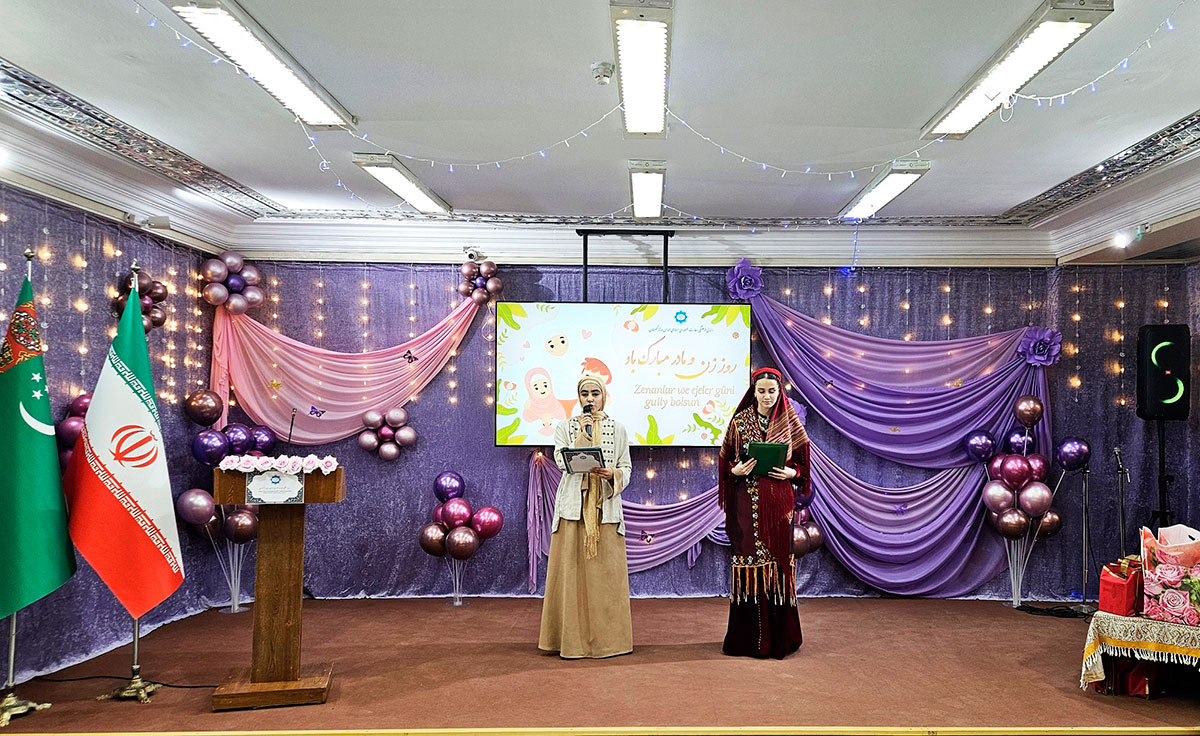Kunya-Urgench is an architectural and cultural complex located 120 kilometers from Dashoguz, on the left bank of the old Amu Darya river bed. Ancient Urgench, the capital of the medieval state of Khorezm, was once located on the site of the modern city. The territory of the capital was much larger at that time.
Ancient Urgench existed for over two thousand years: from antiquity to the late Middle Ages, and its greatest flowering occurred in the middle of the XIV century. Since that time, several architectural monuments and individual buildings have survived, which amaze with their beauty and antiquity of origin.
The first written mentions of Urgench were made in the 10th century, when the city was the capital of northern Khorezm and was a major center of trade and crafts. By the end of the century, after the unification of southern and northern Khorezm, Urgench became the capital of the Khorezmshah state. On the eve of the Mongol conquest, Urgench was one of the richest and most beautiful cities in the East. The Arab traveler Ibn Batuta wrote about this: “Urgench is a large and beautiful city with wide streets and numerous buildings. There is a hospital in the city where a Syrian doctor works, a building built over the grave of Najm-ad-din-Kubra.”
There was a very famous school of master builders in Urgench. The works of its students can be found in the structures, shape and decor of many buildings in Dekhistan, the Golden Horde cities of the Volga region, as well as in the Caucasus, Turkey, Iran, Afghanistan and India.
The monuments of Urgench allow you to see all the amazing variety of techniques used to decorate buildings in the Islamic architecture of Central Asia. There are buildings made of adobe and burnt bricks, single-chamber domed buildings, and buildings of extremely complex compositional design with a rare shape of domes.
Even in Chinese historical sources, you can find references to the city, which the authors call Yuegan. Since the XII century, the city was often called Djurdjania. Europeans learned about the beauty of the city in the second half of the 19th century, thanks to the description compiled by the English explorer Henry Lansdell. The British mentioned not only the main attraction of the city, the Kutlug-Timur minaret, but also the ibn-Khajyb madrasah (XIV-XVI centuries), as well as many mausoleums visited by a large number of pilgrims and the Ak-Gala fortress.
The city flourished and developed successfully until the 13th century, when its ruler refused to submit to Genghis Khan. In 1221, the Mongols practically destroyed Urgench to the ground, many monuments were actually wiped off the face of the earth. Once again, the city was seriously damaged by the warriors of Tamerlane at the end of the XIV century. And finally, the ancient Urgench came to desolation after a change in the direction of the Amudarya river took place in the 16th century.
In 2005, the architectural masterpieces and monuments of Kunya-Urgench were included in the UNESCO World Heritage List.
Roman Teplyakov






